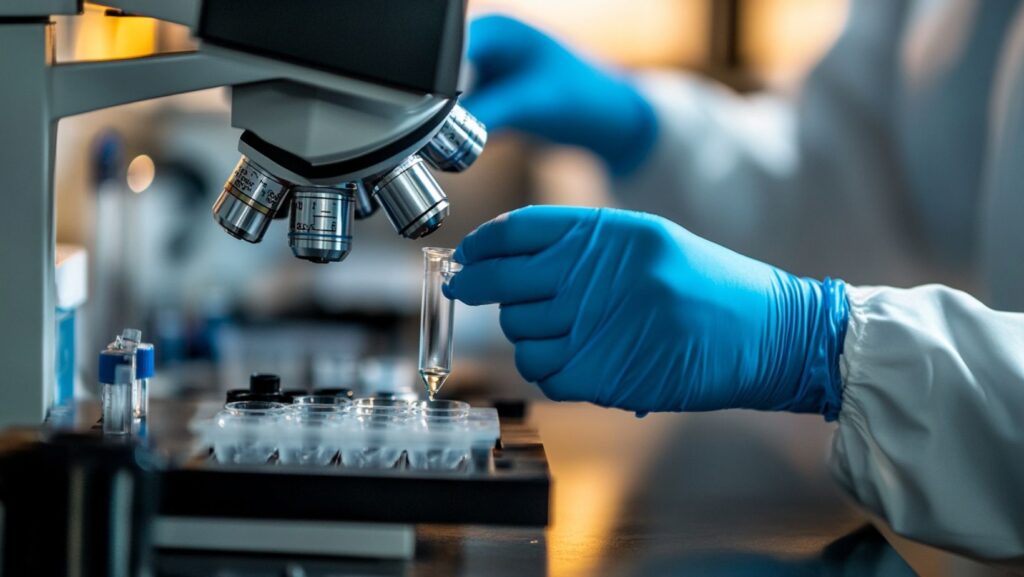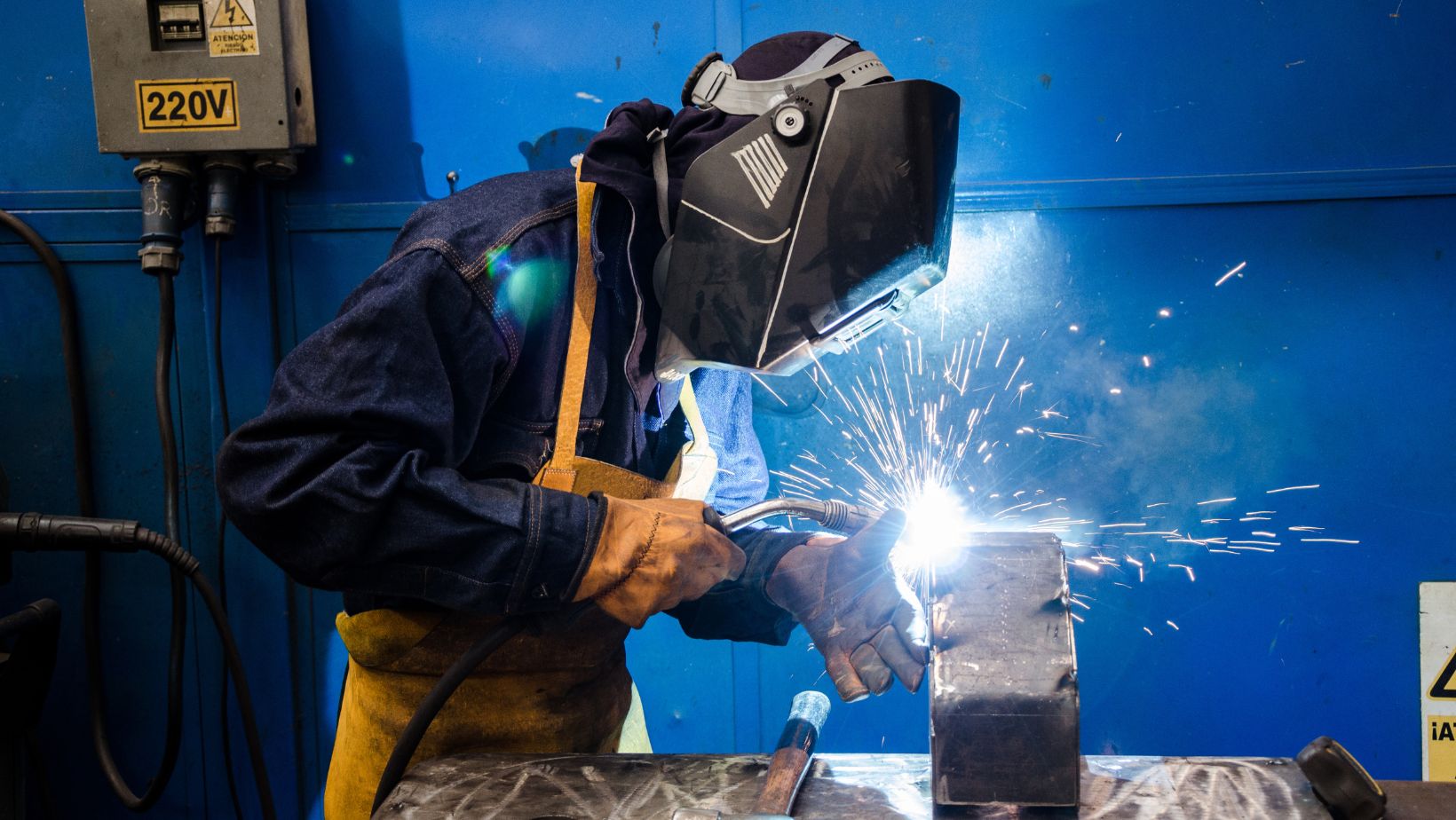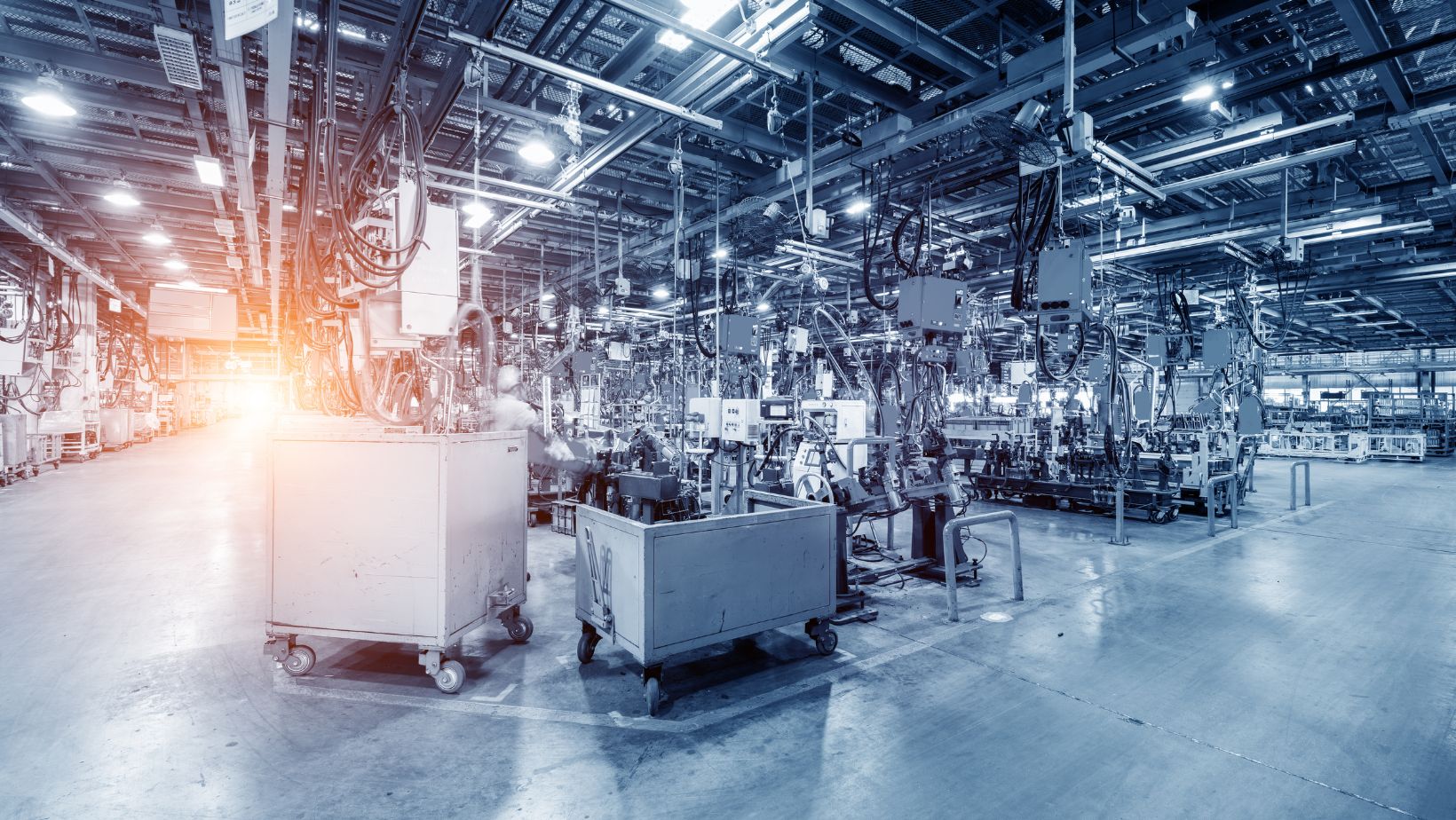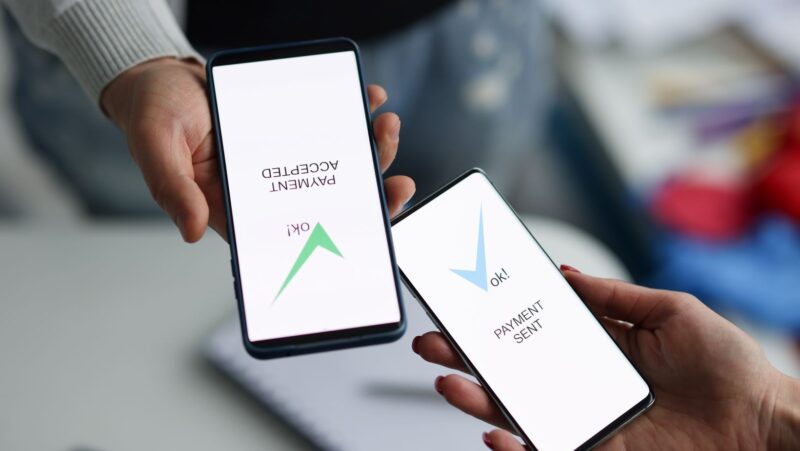
In today’s fast-paced manufacturing environment, ensuring the quality and integrity of products is paramount. One crucial aspect of quality assurance is seal verification. In this article, we’ll delve into the significance of seal verification, its applications, and how it impacts various industries. We’ll explore why this process is vital for maintaining product quality, enhancing safety, and building consumer trust.
What is seal verification?
Seal verification is the process of inspecting and validating the integrity of seals on packaging and containers. It is a crucial quality control measure that ensures products are securely sealed, preventing contamination, leakage, and potential damage. This process involves using advanced technologies to inspect seals automatically, rapidly, and accurately, helping manufacturers maintain high standards of safety and quality.
Why is seal verification important?
Seal verification is essential for several reasons. First and foremost, it ensures product safety by preventing contamination from foreign particles and bacteria. In industries such as food and beverages, pharmaceuticals, and cosmetics, even the slightest compromise in packaging integrity can lead to serious health risks and loss of consumer trust.
Additionally, proper seal verification helps in maintaining product freshness and shelf life. A well-sealed package prevents air and moisture from entering, keeping the contents as intended by the manufacturer. This is particularly significant in the food industry, where freshness is a critical quality metric.
Applications of seal verification
Seal verification finds applications across various sectors. In the food and beverage industry, it is crucial for ensuring that packages are properly sealed to prevent spoilage and contamination. In pharmaceuticals, it guarantees that medicinal products are securely sealed, maintaining their efficacy and safety for consumers.
Other industries, such as electronics and automotive, also rely on seal verification to protect sensitive components from environmental factors like moisture and dust, which can lead to malfunctions or reduce product lifespan.
Technologies used in seal verification
The effectiveness of seal verification heavily relies on the technologies employed. Advanced imaging systems, such as infrared and visual cameras, are commonly used to capture high-resolution images of seals. These images are then analyzed using sophisticated algorithms to detect any defects or inconsistencies.
Machine learning and artificial intelligence play a significant role in enhancing the accuracy and efficiency of seal verification systems. These technologies enable the systems to learn from vast datasets and improve their inspection capabilities over time, minimizing the rate of false positives or negatives.
Benefits of automated seal verification systems
Automated seal verification systems offer several advantages. They provide consistent and reliable inspections, reducing the possibility of human error. These systems can operate at high speeds, inspecting a large number of products within a short timeframe, which is essential for high-volume manufacturing lines.
Furthermore, automated systems can adapt to various types and sizes of packaging, making them versatile for different product lines. The use of real-time data and analytics allows manufacturers to make informed decisions and take corrective actions swiftly, enhancing overall operational efficiency.
Challenges in seal verification
Despite the advancements in technology, seal verification does present certain challenges. For example, packaging materials vary significantly, and some may pose difficulties for inspection systems. Transparent or reflective surfaces can interfere with imaging, requiring specialized solutions.
Additionally, integrating seal verification systems into existing production lines can be complex and may require significant investment. However, the long-term benefits in terms of product safety, quality assurance, and consumer confidence often outweigh the initial costs.
Conclusion
In conclusion, seal verification is a vital component of modern manufacturing processes, ensuring product quality and safety across multiple industries. By embracing advanced technologies and automated systems, manufacturers can enhance their quality control measures and build a robust reputation in the market.
Whether it’s protecting food from spoilage or ensuring the efficacy of pharmaceuticals, seal verification plays a critical role in maintaining the integrity and trustworthiness of products. As technology continues to evolve, seal verification systems will likely become even more sophisticated, further strengthening quality assurance practices across the globe.














